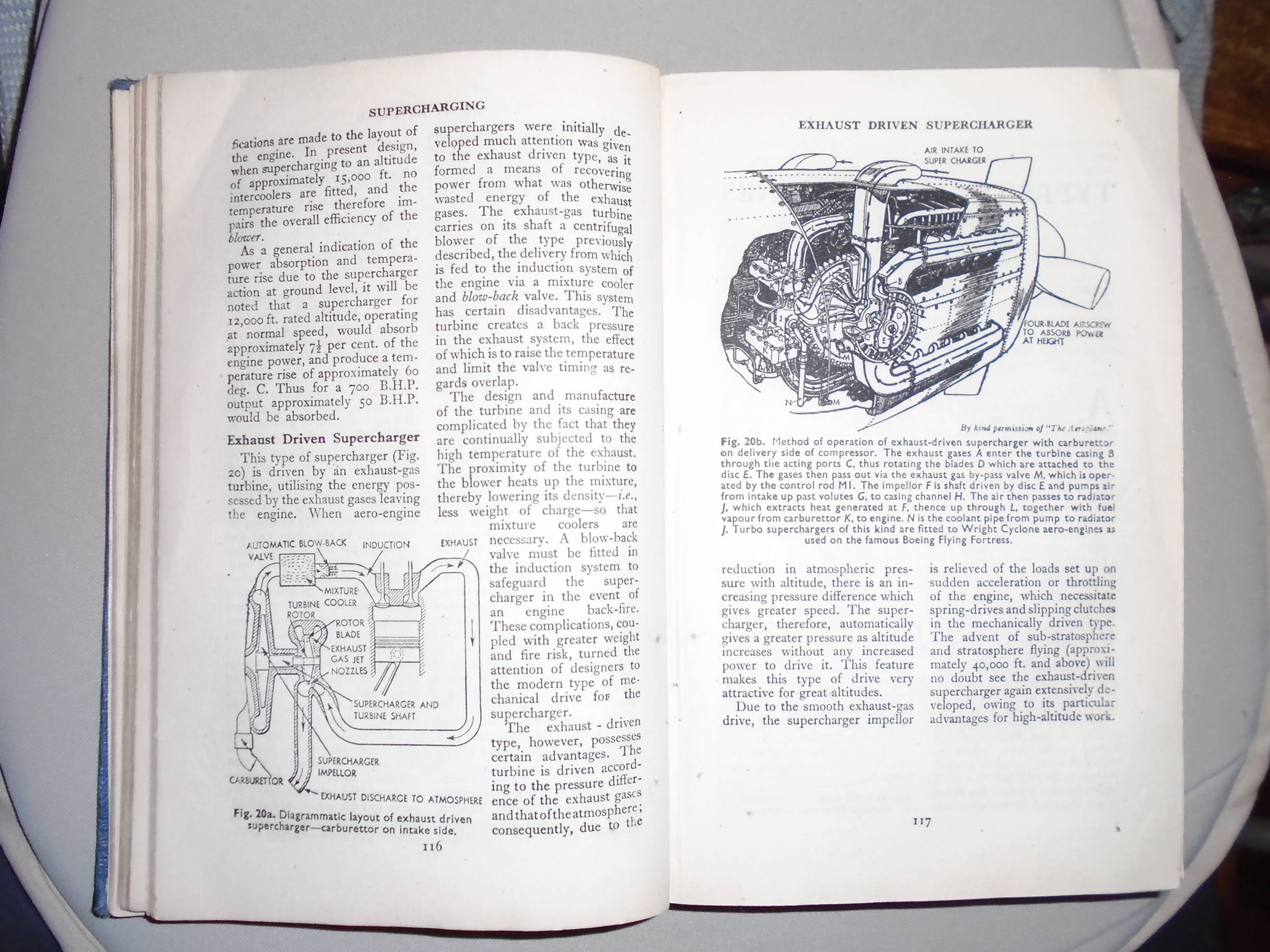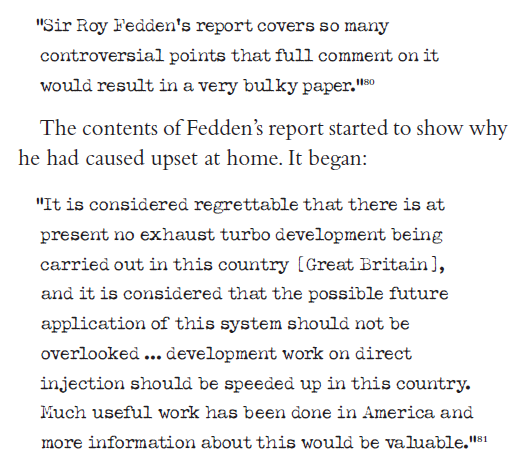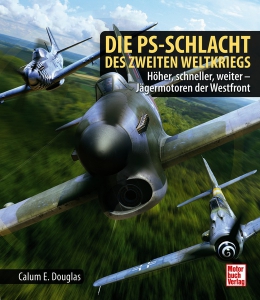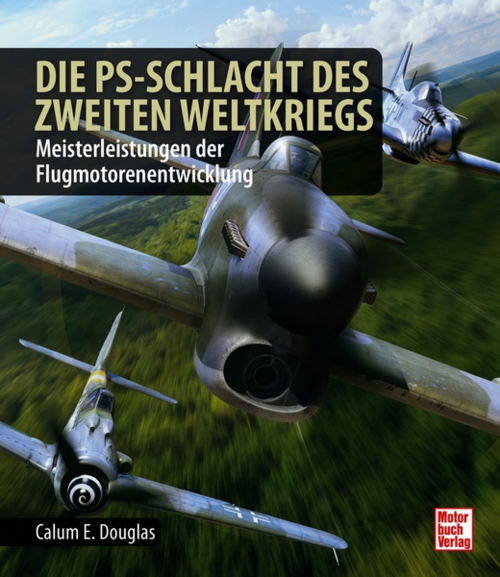Italian version delayed a bit as we`ve just found a whole load of REALLY interesting FIAT stuff.
Probably 20 photos/drawings and 3500 words to be added. We "might" release a revised edition of the English version
next year to encapsulate this new material. I hate delaying for "new finds" as there are always new finds, but this was just
about over the threshold of being a significant contribution to the Italian development story, so its going in.
Probably 20 photos/drawings and 3500 words to be added. We "might" release a revised edition of the English version
next year to encapsulate this new material. I hate delaying for "new finds" as there are always new finds, but this was just
about over the threshold of being a significant contribution to the Italian development story, so its going in.




